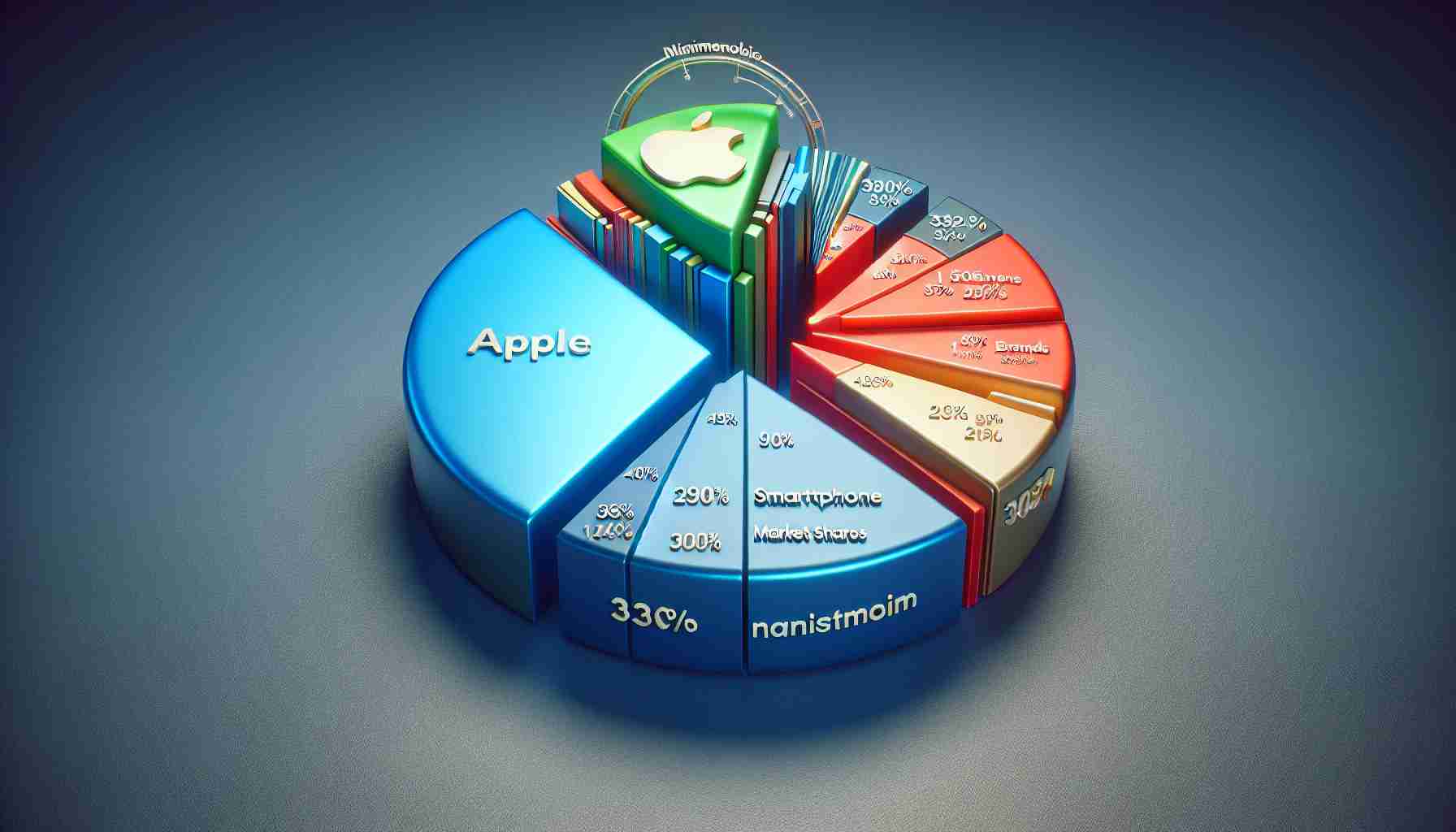Apple continues to reign supreme in the United States smartphone market, securing a commanding 52% share, even as the overall market sees an 8% decrease in shipments. Their unwavering foothold illustrates the brand’s enduring allure and broad acceptance among customers, owing much to the tech titan’s strong connection with its consumer base.
Samsung experiences a robust recovery, snatching 31% of the market with the successful debut of their S24 Galaxy series, marking a triumphant first quarter that hasn’t been seen in a long while. This surge forward stands in stark contrast to other Android-based counterparts, which leverage cost-effectiveness to draw in customers.
A critical factor in the prevailing popularity of both Apple and Samsung is their robust customer allegiance, a result of years cultivating service ecosystems coupled with continuous innovation. Take, for instance, Apple’s latest iPhone 14 series which has significantly reinforced its competitive position in the market.
Moving forward in a post-pandemic era, these industry frontrunners are placing emphasis on environmental stewardship and embracing cutting-edge technologies like 5G to establish new benchmarks within the sector. Expert agencies such as Counterpoint Research and IDC continue to dissect the tactical approaches and market dynamics influencing the trajectory of this industry.
Rising above the fray, Apple stands differentiated through an all-encompassing hardware and software ecosystem, craftily engineering an unparalleled user experience, which solidifies consumer loyalty. However, challenges loom large, with market saturation, economic declines, and diminished tech advancements forcing the industry to innovate within tight constraints. Questions also loom about the equitable nature of a market substantially dominated by a few large entities.
While Apple and Samsung’s standing affords them substantial benefits from brand recognition and scalability, they remain vigilant of potential legal entanglements and the peril of innovation stagnation. For those keen to explore the nuances of the tech world, outlets like Bloomberg provide exhaustive insights. Nonetheless, users should ensure the timeliness and precision of these resources.
Key Questions and Answers:
Q: Why has Apple managed to secure over half of the U.S. smartphone market?
A: Apple has a strong brand loyalty and a comprehensive ecosystem of software and hardware that encourages repeat customers. They are known for their design, user-friendly interface, performance, and status symbol perception.
Q: What challenges does the smartphone industry face?
A: The industry faces market saturation, economic downturns, a slowdown in technological innovation, and reliance on just a few major competitors. There’s also the challenge of maintaining growth in a highly competitive environment and the continuous need for innovation to keep consumers engaged.
Q: How do environmental concerns affect the smartphone industry?
A: There’s an increasing pressure on smartphone makers to minimize their environmental impact. This includes reducing carbon footprints, improving the energy efficiency of devices, offering better recycling options, and reducing waste from packaging and the devices themselves.
Q: What are the controversies associated with the market dominance of a few companies?
A: Dominance by a few companies can lead to monopolistic practices, reduced competition, stifled innovation, and unfair market control. It can also lead to concerns about consumer privacy and data sovereignty given the vast amount of user data these companies handle.
Key Challenges and Controversies:
– Market Saturation: With high penetration rates in many markets, finding new customers becomes increasingly difficult.
– Economic Fluctuations: Economic downturns can lead to reduced consumer spending on high-end electronics like smartphones.
– Technological Advancements: Keeping up with constant innovation to entice upgrades can be challenging.
– Legal and Regulatory Issues: Companies must navigate complex legal landscapes that vary by region, including antitrust litigation and privacy regulations.
– Data Privacy: There’s increasing concern about how these tech giants handle user data and privacy.
Advantages and Disadvantages:
– Advantages: Apple’s dominance endorses its brand value, drives customer loyalty, and allows for significant control over the market. These factors can allow for streamlined operations and economies of scale.
– Disadvantages: Apple’s market share can prompt scrutiny from regulators concerned about anti-competitive behavior. Dependency on Apple and its ecosystems also poses risks for consumers, such as lock-in effects and limited choices.
To stay updated and informed on the nuances of the tech world, follow primary resource outlets such as Bloomberg. These platforms can provide comprehensive insights, though verification of the latest information is essential to ensure accuracy.
